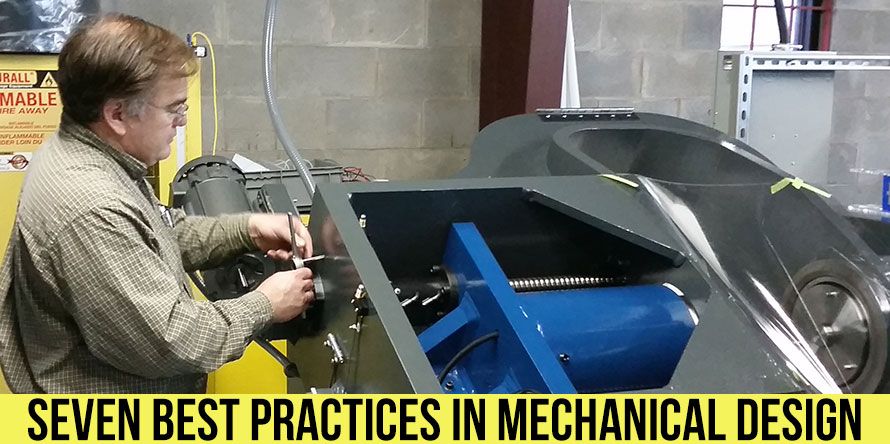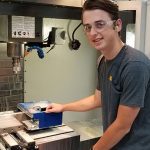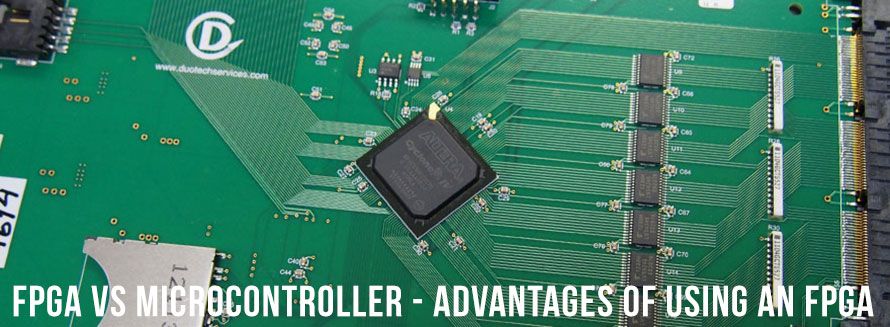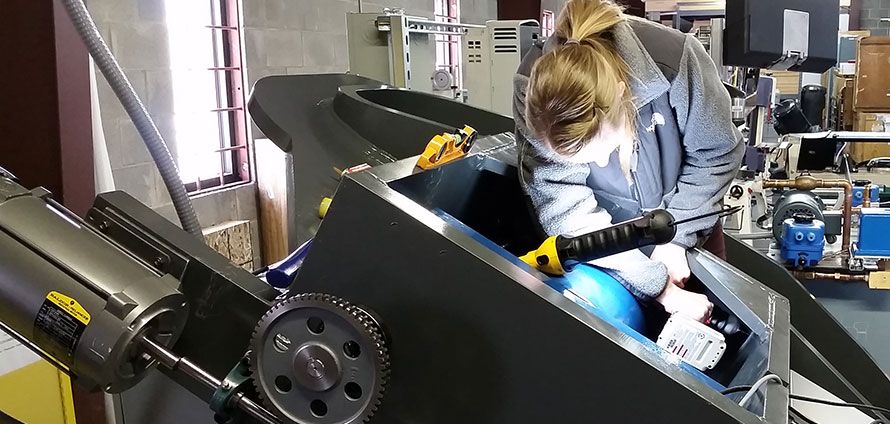Last time we discussed the reality that producing automated test solutions is a difficult task. One of the key areas of difficulty arises from the mechanical aspect of the setup. Mechanical elements of a test solution can include both precision components, such as holding or alignment fixtures for the item being tested, and general-purpose structures, like mounting frames and wiring enclosures. Some systems may also require a rotary or linear movement, specialized lighting, and other special requirements (air or liquid cooling, lubrication, temperature controlled environments, etc.).
 Each of these elements must be designed in detail before being built. A couple of major things that must be considered are the space available and environmental conditions in the location where the system is to be installed and the comfort and safety of the operator. Also to be weighed is the number of test stands to be built. If the stand is going to be used in multiple places (on multiple production lines, for example), more customization may be possible than if only one will ever be built. Even if there is only one to be constructed, however, some customization may still be desirable, or even required, in order to meet the particular requirements of the test or environment.
Each of these elements must be designed in detail before being built. A couple of major things that must be considered are the space available and environmental conditions in the location where the system is to be installed and the comfort and safety of the operator. Also to be weighed is the number of test stands to be built. If the stand is going to be used in multiple places (on multiple production lines, for example), more customization may be possible than if only one will ever be built. Even if there is only one to be constructed, however, some customization may still be desirable, or even required, in order to meet the particular requirements of the test or environment.
Off-the-shelf components like strut channel or other perforated tubes and frames make bolting together basic frames possible without requiring a great investment in tooling or custom machining. Though they have their place, these solutions are limited and become cumbersome very quickly. Angular or tubular iron or aluminum metal can be used as well for making stands, though requiring more cutting and drilling operations. With even a basic welding setup, more strength and customization options become available. If any precision at all is required, however, machining quickly becomes a requirement.
Machine shops that can produce such precision components require detailed drawings to work from. A designer and draftsman are still needed to produce the necessary drawings. Not only does Duotech have the engineers to design an automation solution and produce the necessary drawings, but Duotech also has facilities and tools for cutting and welding steel and aluminum as well as Computer Numerically Controlled (CNC) mills and lathe for machining all kinds of metal and plastic. These tools allow maxim customization and mean that the design does not need to conform to frame-type constructions.
Another mechanical difficulty in automated testing is moving components. Often the fixture or unit being tested will have to be moved or rotated in order to perform the test. The number of choices and challenges faced in designing and implementing such systems can add up very quickly. Motors, linear actuators, hydraulics, and pneumatics are just the main categories of options available to the designer. Evaluation of options must be based on space constraints, power available, and test requirements and every option has tradeoffs in strength, speed, and precision. Once a decision is made on the type of actuator, then there are multiple vendors and products to evaluate.
It is important to remember that even the perfect actuator will not function properly if it is not installed correctly. Alignment of gears, bearings, pistons, rails, and slides is crucial to making the system operate accurately, smoothly, and with minimal wear. Additionally, test systems will often require sensors or other feedback devices to be mounted with precision.
Duotech engineers make use of 3-D computer-aided design (CAD) software to fully model each aspect of an automation solution before construction begins. Simulation tools allow analysis of the strength of the fixturing and calculation of safety factors to ensure proper operation of the system once it is built. Alignment checks and tolerance analysis ensure that the system can be built using real-world processes. The models also provide visualization of the final product for the customer to review and approve. Finally, the drawings are generated for production and the system is built, tested, and installed.








